After WWII, Britain nearly beat Germany at its own car-building game
If a car is ahead of its time, does that quality make it an indisputable classic? After howling over, around, up, and down southwest England in a sporting rarity, a ’50s grand tourer that drives far better than some 10 or even 20 years its junior, you can’t help but wonder.
The drive has taken longer than intended—over all sorts of roads, through heavy and light traffic, and in both dry and wet weather. Yet this 1955 Bristol 404 hasn’t just coped with 2022 life.
It has amazed.
To place the 404 in context, you need to look past the latter image of Bristol, the company that built the car and was liquidated in March of 2020. Yes, retain the aircraft heritage and superb build quality, but remove the eccentric styling, the faded mystique, the pipe-smoking and tweed.
These clichés are not applicable to the wonderful, pre-1960 machines of the Bristol Aeroplane Company’s (BAC) Car Division. That era witnessed a 14-year, six-cylinder-powered dynasty closer in spirit to contemporary Lancias and fellow postwar newcomer Porsche than anything mainstream and British.

BAC was not only one of the largest aircraft and aero-engine manufacturers in the world; it also had a reputation for quality and innovation. The Filton-based firm built one of Europe’s first and fastest monoplanes, and its WWII output included one of the most feared fighter-bombers, the Beaufighter. BAC did more than prove Sir Henry Royce’s skepticism about radial engines unfounded: Its 18-cylinder Centaurus would power one of—if not the—fastest of all piston-engined fighters, the Hawker Sea Fury. Engineering pedigree flowed richly through the company’s veins.
The Filton factory’s peacetime diversification into car production is well documented. After briefly owning AFN, Ltd. and Frazer Nash, the aero giant and the sports car company soon went their separate ways. As part of the divorce settlement, the Filton works agreed to supply Frazer Nash with drivetrain components, including the Bristol FNS engine, a sporty mill that saw track action and gained popularity among sports car and Formula 2 racers.
Yet the 404 has been portrayed as an oddity in the Bristol bloodline—a close-coupled sports coupe not produced at Filton before or since. A model only built from 1953 to ’55, and, from that vantage point, the “odd one out” among Bristol’s cars.
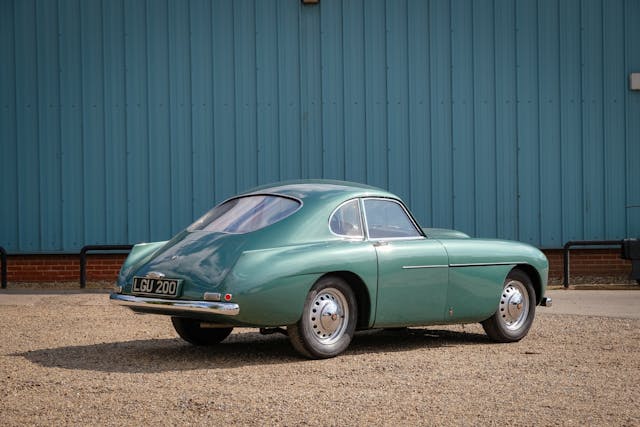
The reality, though, is that the early 1950s was when the confident new manufacturer was going from strength to strength, expanding into new markets. No longer would it produce just one model, as it had done with the 400. The time had come to implement a 1946 plan for a two-model range, consisting of the 405—powered by an all-new, 3.5-plus-liter DOHC engine—alongside the smaller 404, a new, more exclusive, sporting sister.
Unfortunately, global events and development problems with BAC’s new Britannia airliner meant corporate restructuring and a series of cutbacks. The 405 was demoted to 2-liter power.
The 404 remains the most conventionally pretty of all Bristol’s Filton-built cars, be it from the front, where the main pitot and carburetor air-intakes created a new distinctive style that was uniquely Bristol; or from the rear, where that graceful, Porsche-like fastback tumbles down between a pair of subtle jet-age fins.
Within its elegant bodywork, the 404 introduced storage lockers, tucked in the front fenders, which held the spare wheel and battery. The pioneering arrangement improved luggage space, weight distribution, and high-speed handling. Inside, it introduced that unmistakable instrument binnacle, which would appear on every Bristol four-seater built until production ended in 2009.
Underpinning the 404’s flowing style and wonderful quality is the short-wheelbase (SWB) chassis that was designed by chief engineer Jack Channer in 1951. Compared to its sister models, the 404’s wheelbase was 18 inches shorter. The chassis would also underpin the U.S.-market, Bertone-bodied Arnolt Bristol—142 of which were built—making the 51-run of 404s viable and increasing Bristol’s fastidious production by 50 percent.
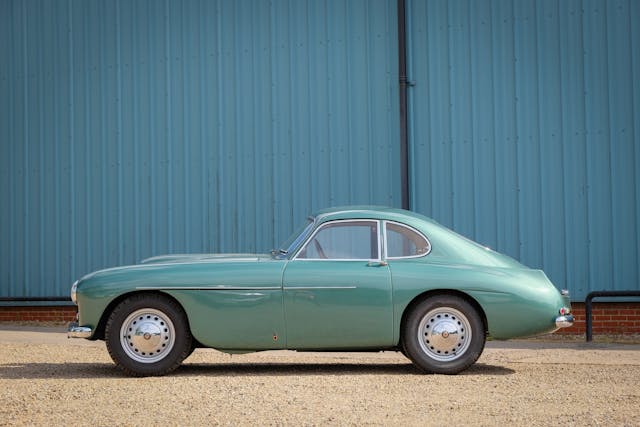
As Bristol owners tend to take a liberal attitude toward originality, the 404 I’m driving is powered by the ultimate iteration of the BMW-derived Bristol six-cylinder, the more torquey (129 lb-ft) 2.2-liter. (The original had a 2-liter with either 105 hp and 123 lb-ft, or 125 hp and 128 lb-ft.) The 2.2 engine was fitted by Bristol Cars in 1971. The diminutive vehicle is also packing front disc brakes and a shifter-mounted overdrive gear, all of which add to the ease of driving a 1950s cars in today’s hurly-burly traffic.
Immaculately and subtly appointed in dark gray bodywork with a green leather interior [the car pictured is for illustrative purposes only. —Ed], the 404 is a snug fit for this six-foot writer. When accelerating and jabbing through the precise slick gearchange, however, the cabin is filled by the vocal engine’s chanting. By modern standards, the 2.2 can’t be described as powerful, but its blend of torque and power makes this little triple-carb beauty enchanting.
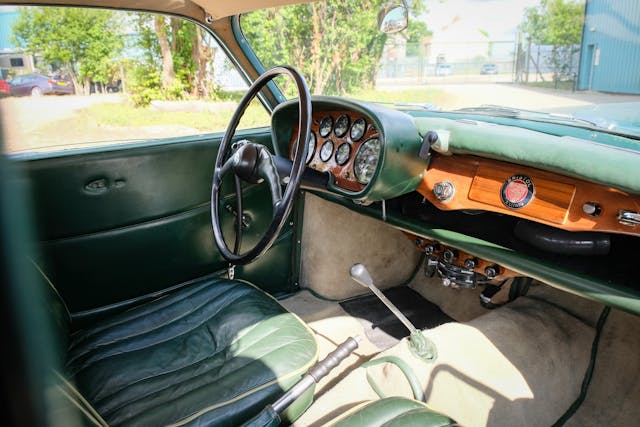
Accelerate, and the pushrod chatter at idle melts into a babble. Once past 2000 rpm, the Bristol’s voice warms up and turns into a rich warble at 3000. Keep the throttle pinned to the floor and, as the tach sweeps past 4000 rpm, the engine delivers a hackle-raising crescendo worthy of something with twice the cylinder count.
Ironically, one of the 404’s biggest attractions now was also its biggest setback in-period. The 404 may have been beautifully assembled, but it suffered in terms of cost versus performance, particularly as the years passed and competitors achieved more power.
Aston Martin’s DB2/4 was faster, more powerful, and £921 cheaper than the Bristol. Even if you wanted something Germanic and aerodynamic, a 1.5-liter 55-hp Porsche 356 would cost just £1971 (around $50,000 today) against the Bristol’s £3542 (nearly $90K). So on paper or in the pub, the Bristol’s figures did not astonish—although, over cross-country roads, this petite Bristol was something of a giant killer.
Guide the large steering wheel through a series of bends and the beautifully precise, manual steering rack makes the rim eagerly chat to your hands. Through sharp and double-apex corners, the 404 responds with terrier-like relish. In crosswinds and at high speeds, the 404 does have a reputation for skittishness, but radial tires do much to calm the frisky little fellow.
Roll is controlled, grip is bountiful. Thanks to a completely trustworthy and communicative front axle, the 404 is a faithful B-road companion. Six-cylinder Bristol models are high-achievers in terms of front-end responses, composure, ride, and handling, but the short chassis does trade ride quality for responses.
In many ways the 404 is closer in spirit to Porsche’s sports-car philosophy than to Aston Martin’s. Quick, planted, delicate, and sonorous, yet deeply involving, a 404 would no doubt leave a Feltham Aston in its dust in a cross-country run. The Aston driver would also be left with leaden biceps and, quite possibly, a bill for new crankshaft bearings. The similarities between Bristol and Porsche don’t stop at a quick-witted chassis clothed in a fuss-free aerodynamic body, either.
In 1952 Bristol opened its Racing Department to develop its 450 racer, its first vehicle to sport aerodynamically functional rear fins. This factory racer’s mission was to compete at Le Mans and at Reims. After an embarrassing failure at the French endurance classic in 1953, successes soon started to roll in: class wins, class records, and two back-to-back Le Mans 2-liter podiums in 1954 and ’55.
Alas, the Racing Department closed for good just two years later, thank to those Britannia problems, the 1955 Le Mans disaster, and the fact that Bristol’s 2-liter engine was being out-performed by some 1.5-liters, notably Porsche’s new quad-cam motor.

No more works racing, no new Racing Department–developed sports car, no new large DOHC engine, and no new all-independent chassis. Neither the Arnolt-Bristol nor the 404 would be replaced. Bristol returned to a single-model line-up in 1955, the same year that the Car Division became Bristol Cars Ltd.
Indeed, soon the decision was taken that car production was not viable, and so the company was sold in 1960.
BAC did continue to innovate and not just in the supersonic stratosphere with Concorde. Its plastics division, Bristol Aeroplane Plastics, demonstrated a great degree of skill and understanding regarding fiberglass manufacture. So when Colin Chapman was experiencing problems with the revolutionary 1957 Lotus Elite’s pioneering monocoque body shell, he would turn to Bristol to address its issues.
Had times been different, and if there hadn’t been such a squeeze on BAC’s resources, it is easy to see Bristol as a British Porsche-plus in the 1960s. A high-quality producer of GTs, sporting sedans, and sports cars with its own racing team—but backed up with the latest aeronautical technology from its parent company and all evolving from the first sporting Bristol, the 404.
Perhaps, perhaps, perhaps. As it stands, all we have now is the 404—a compact, beautifully constructed, sporting coupe with a wonderfully alert chassis. Whereas a 1.5-liter Porsche 356 would be equally light and agile to drive, its sweet four-pot boxer can’t match the Bristol’s soulful six-cylinder for soundtrack. Not for another 11 years would Porsche launch a nimble, road-going, sporting GT powered by a six-cylinder, a much-vaunted car that would prove very popular …
Check out the Hagerty Media homepage so you don’t miss a single story, or better yet, bookmark it.
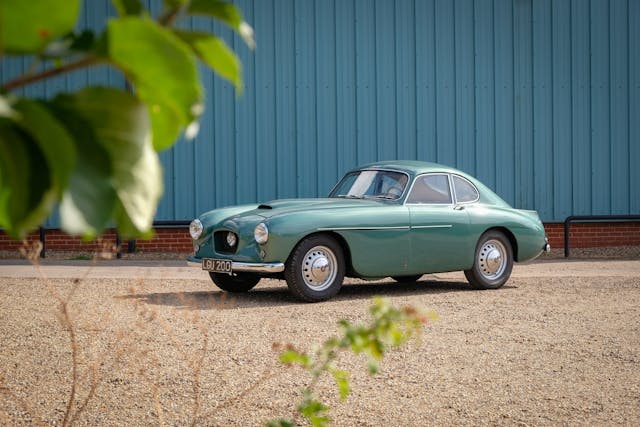
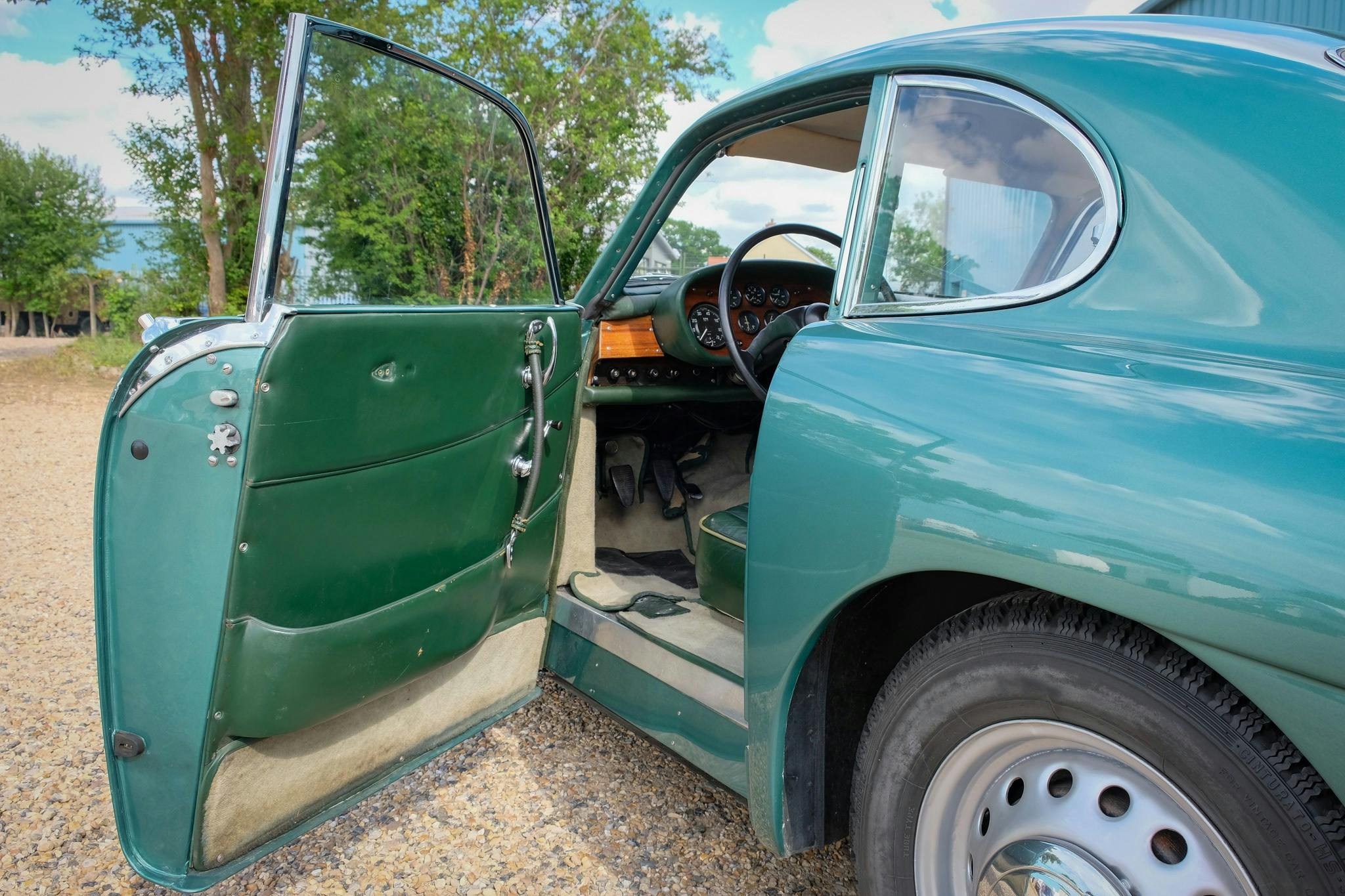
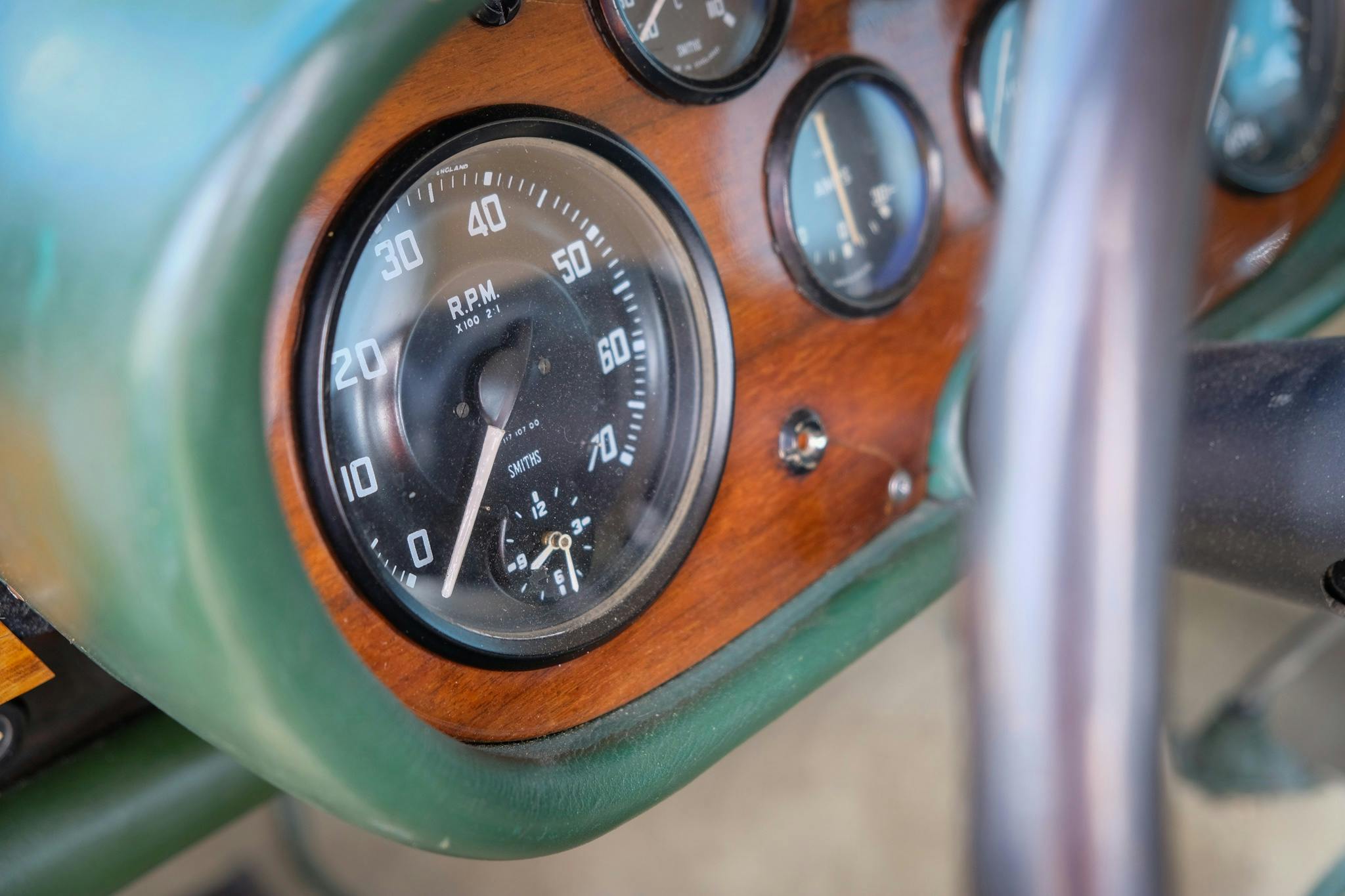
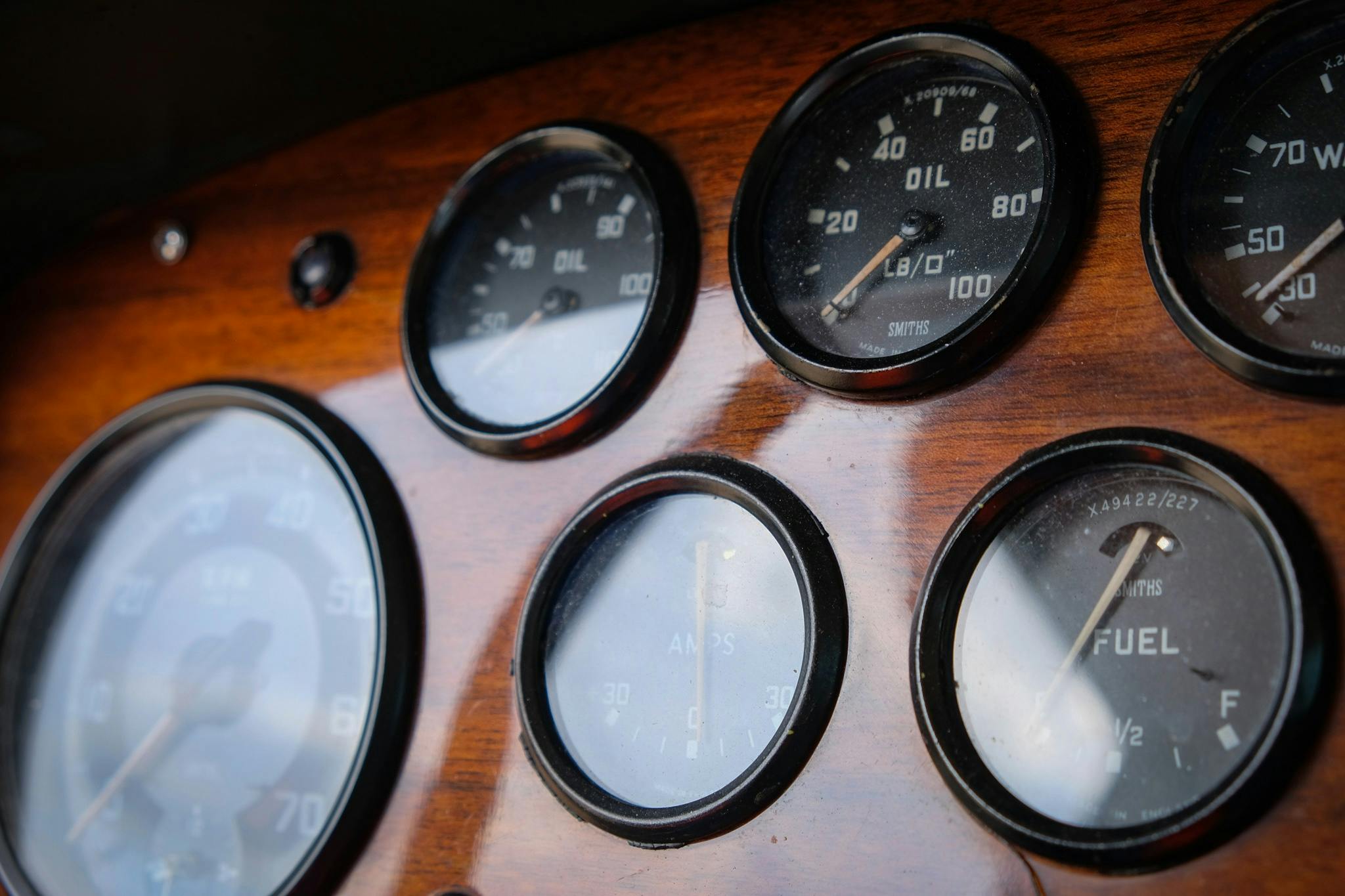
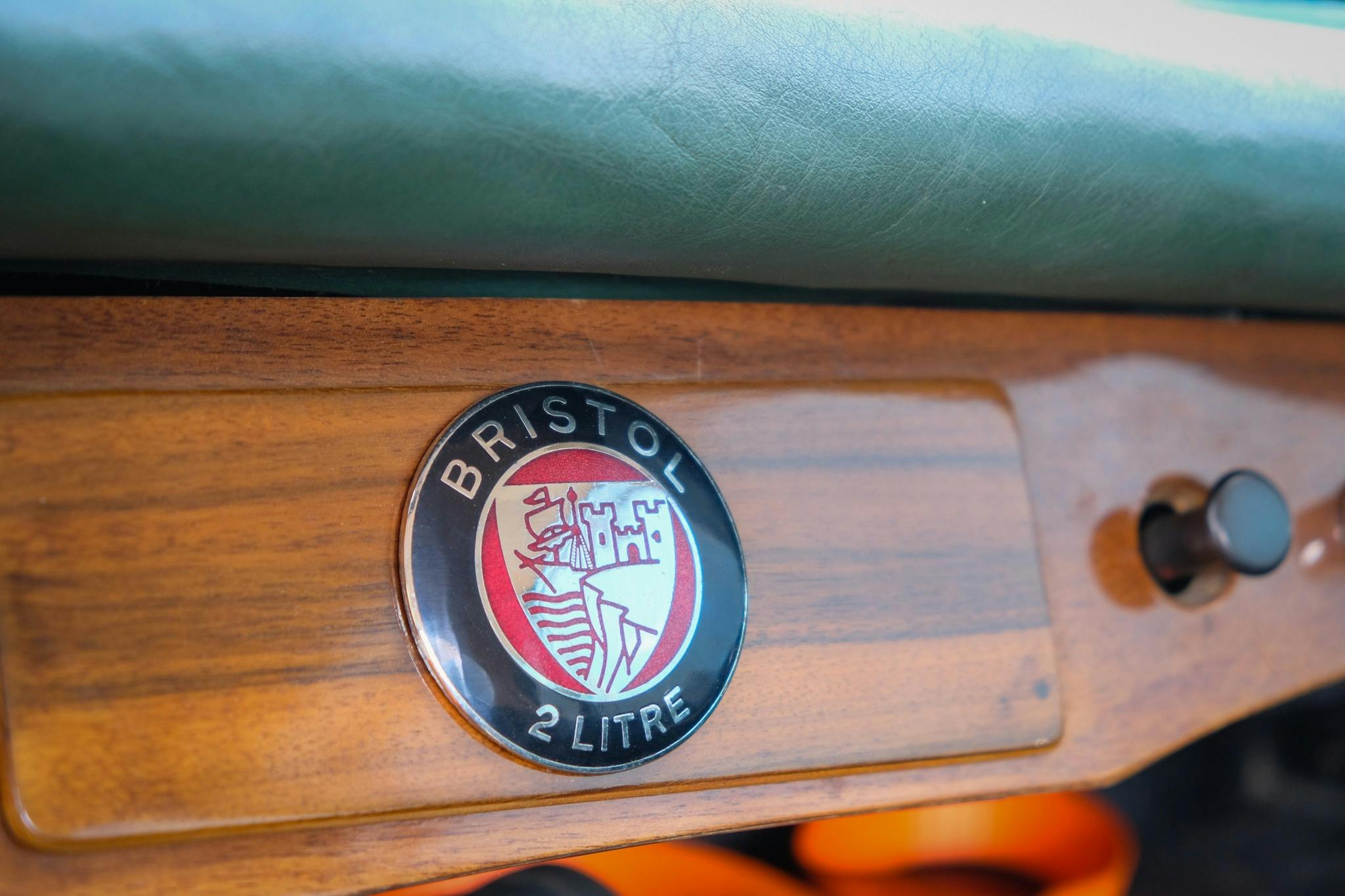
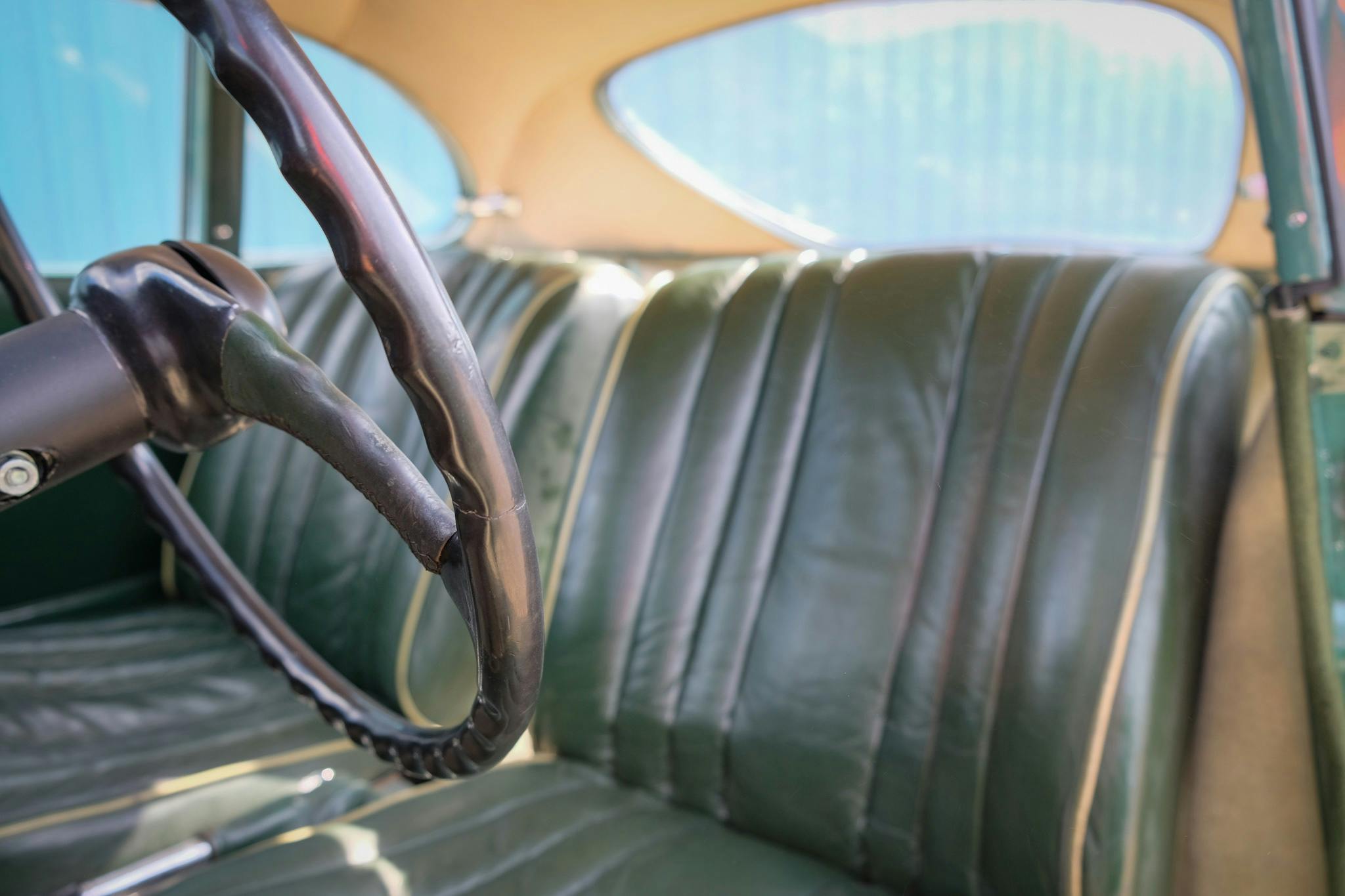
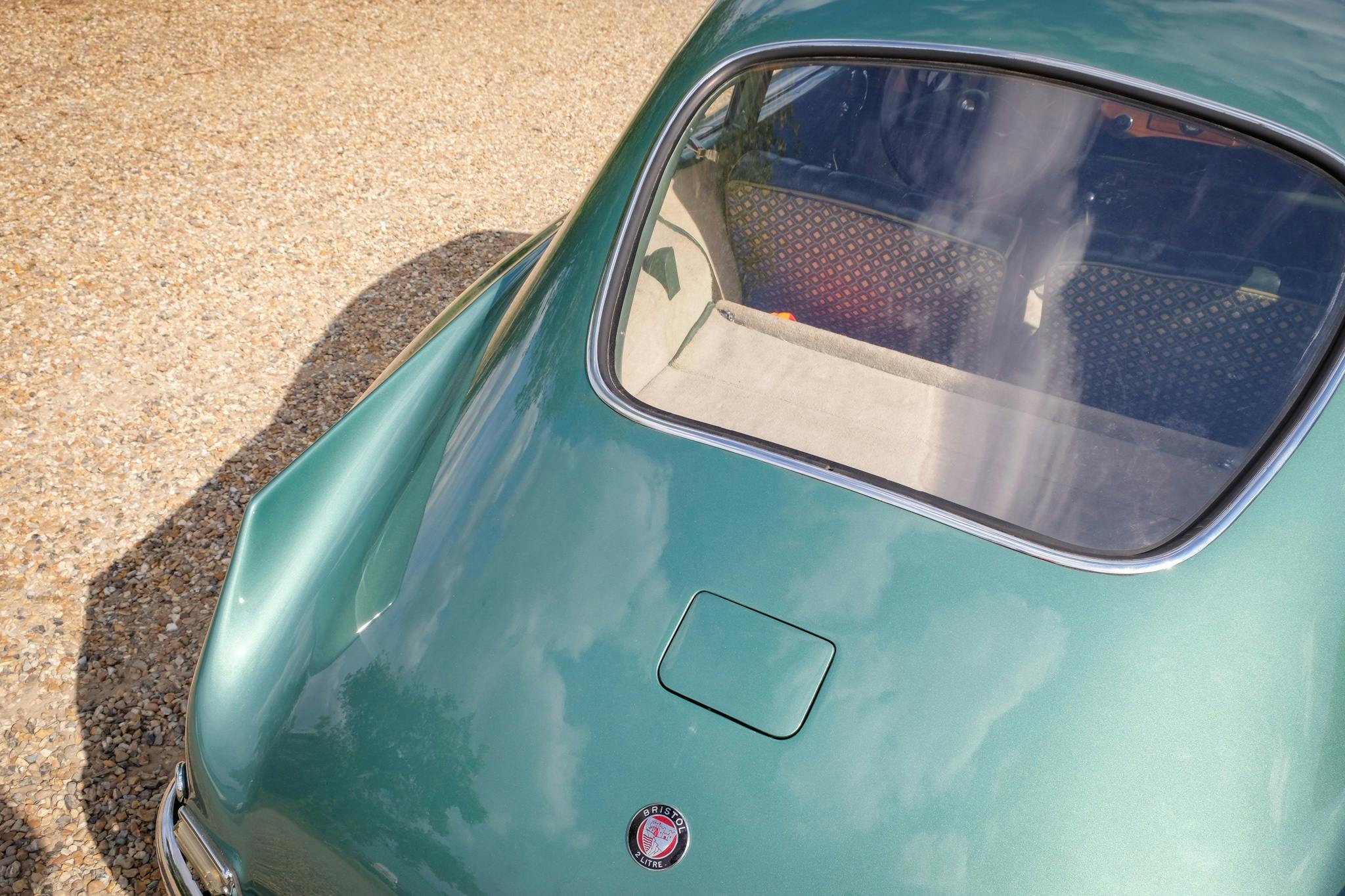


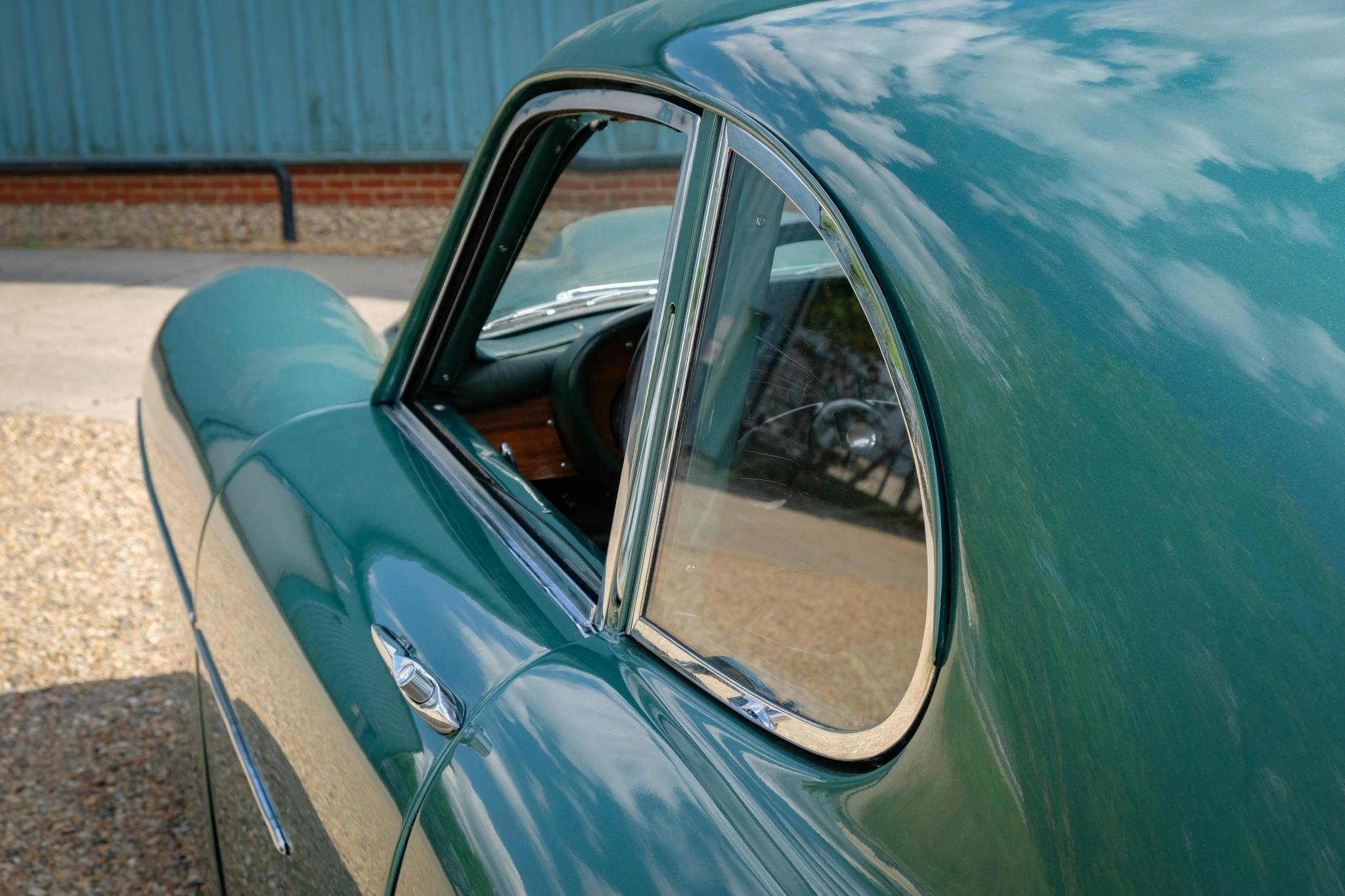


Beautiful car!